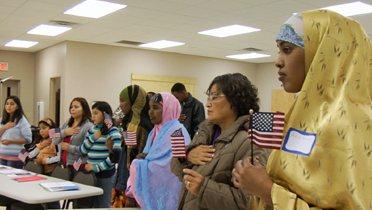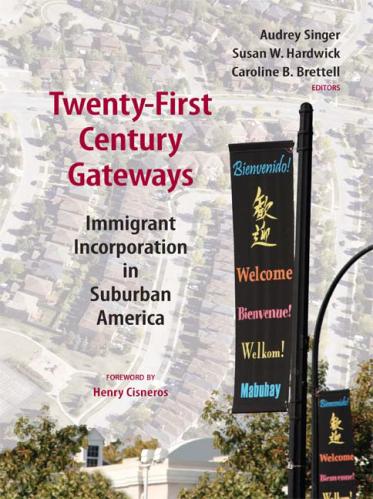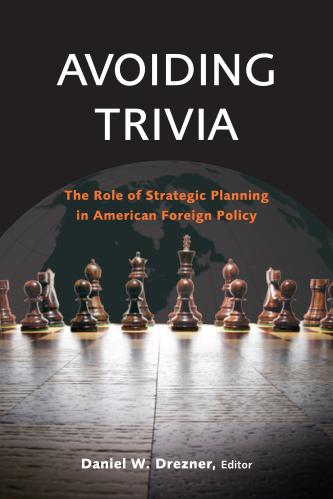Since Congress last debated comprehensive immigration reform in 2007, the United States has experienced the Great Recession and now faces a slow recovery. Throughout, the highly charged public debate on immigration has focused on illegal immigration and its costs. Often lost in this discussion is the vital role of immigrants in the U.S. labor market.
Immigrants are now one-in-seven U.S. residents and almost one-in-six workers. They are a significant presence in various sectors of the economy such as construction and hospitality on the low-skill end, and information technology and health care on the high-skill end. While border enforcement and illegal immigration are a focal point, longer-term U.S. global competitiveness rests on the ability of immigrants and their children to thrive economically and to contribute to the nation’s productivity.
Watch Audrey Singer discuss immigrant educational attainment and skill levels »
An analysis of skill levels among foreign-born adults in the nation’s 100 largest metropolitan areas reveals that:
-
- The share of working-age immigrants in the United States who have a bachelor’s degree has risen considerably since 1980, and now exceeds the share without a high school diploma. In 1980, just 19 percent of immigrants aged 25 to 64 held a bachelor’s degree, and nearly 40 percent had not completed high school. By 2010, 30 percent of working-age immigrants had at least a college degree and 28 percent lacked a high school diploma.
-
- Forty-four (44) of the nation’s 100 largest metropolitan areas are high-skilled immigrant destinations, in which college-educated immigrants outnumber immigrants without high school diplomas by at least 25 percent. These destinations include large coastal metro areas like San Francisco and Washington, D.C. The 30 low-skill destinations, in which the relative sizes of these immigrant skill groups are reversed, include many in the border states of the West and Southwest, as well as in the Great Plains.
-
- Immigrants’ skill levels vary by metropolitan area due to historical settlement patterns and economic structures. In former immigration destinations, or “gateways,” with low levels of contemporary immigration such as Detroit, and re-emerging gateways such as Philadelphia, immigrants have high levels of educational attainment. In established post-World War II immigration gateways such as Houston, and minor-continuous gateways along the U.S.-Mexico border and in interior California, low-skilled immigrants predominate.
-
- Recent immigrants to metro areas with the fastest-growing immigrant populations have markedly lower educational attainment than immigrants settling elsewhere. Low-skilled immigrants are much more likely to hail from Mexico, less likely to speak English proficiently, more likely to be male, and less likely to be naturalized U.S. citizens than high-skilled immigrants.
-
- Compared with their U.S.-born counterparts, low-skilled immigrants have higher rates of employment and lower rates of household poverty, but also have lower individual earnings, in all types of metro areas. Almost half of immigrants with a bachelor’s degree, across all destinations, appear to be over-qualified for their jobs.
The Great Recession at the tail of the last decade, combined with rapid demographic changes across metropolitan America, has reshaped and intensified the debate about the economic value of immigrants and their importance in the U.S. labor market. A pragmatic approach to immigration—one that considers the economic advantages of the new arrivals—should include a more flexible admissions system to respond to labor market changes. With the United States at a critical point in both immigration policy and economic trajectory, policymakers should carefully weigh options to provide support for immigrant workers at all skill levels to keep the United States globally competitive.








